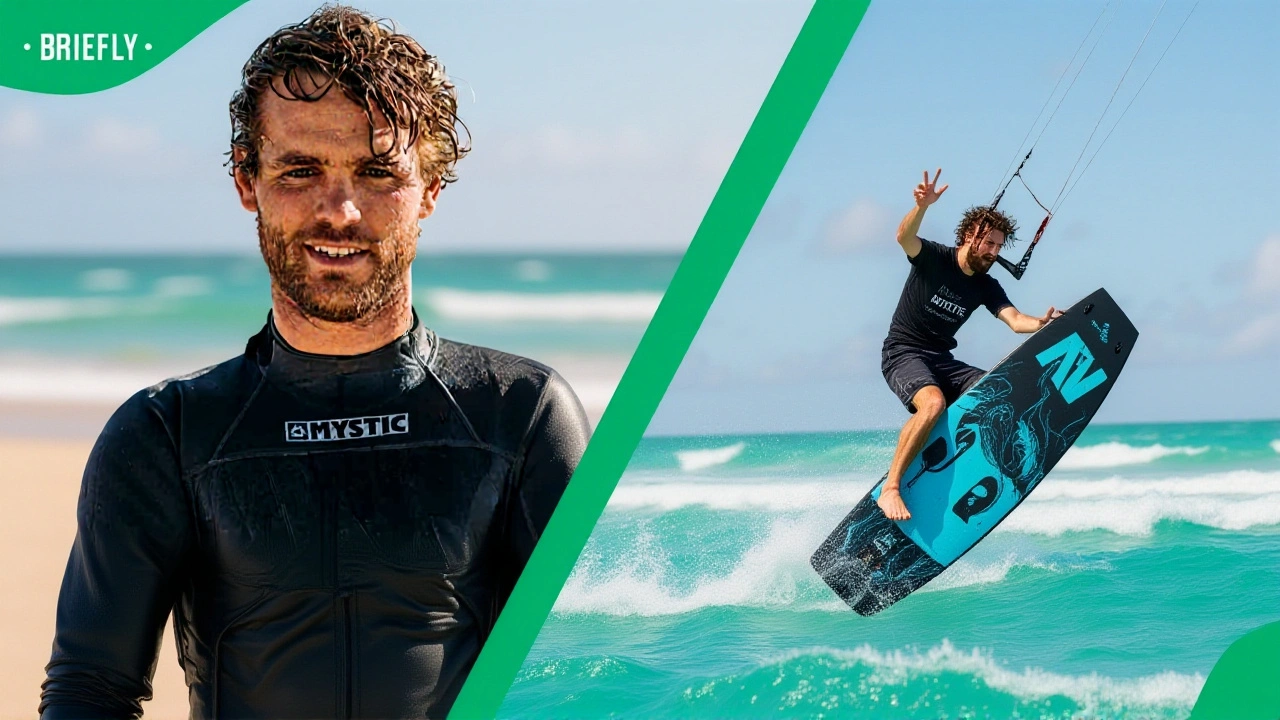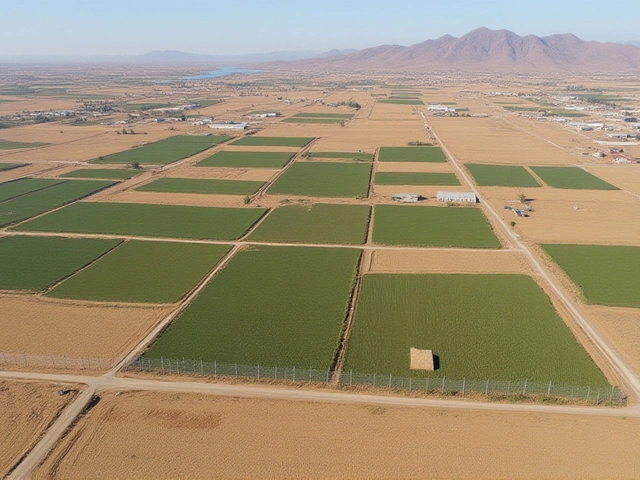NSRI – South Africa’s Lifesaving Sea Rescue Service
When working with NSRI, the National Sea Rescue Institute, a volunteer‑run lifeboat service that protects lives on South Africa’s coasts and inland waterways, also known as National Sea Rescue Institute, you’re tapping into a network that has saved thousands of people since 1968. NSRI runs 26 stations, coordinates rescue missions and trains volunteers to respond fast when the sea turns dangerous.
One core activity is maritime rescue, the process of locating, assisting and evacuating people in distress on water. This work demands skilled crews, fast boats and modern communication gear. In practice, maritime rescue involves a chain of actions – a distress call, a coordinated launch, and a safe recovery – each step linked by precise protocols. The institute’s ability to execute these steps relies on well‑maintained vessels and a clear command structure.
Another pillar is coastal safety, programs and education that aim to prevent accidents before they happen. By running beach‑safety workshops, issuing weather alerts and installing signage, the NSRI reduces the number of emergencies that require a rescue. Coastal safety initiatives work hand‑in‑hand with rescue teams: the fewer incidents, the more resources can focus on high‑risk situations.
The lifeblood of the organization is its volunteer lifeboat service, a community of unpaid, trained individuals who crew the rescue boats and perform on‑shore duties. Volunteers undergo rigorous first‑aid, navigation and radio‑communication courses, ensuring that each launch is run by competent hands. This volunteer model keeps operating costs low while fostering local ownership of safety.
All of these elements feed into a broader emergency response, the coordinated effort of agencies and volunteers to manage crises quickly and effectively. When a storm hits the Cape, the NSRI partners with the South African Weather Service, local fire departments and even utility companies like Kenya Power that face load‑shedding challenges in coastal towns. Such collaboration highlights how emergency response hinges on communication, shared resources and joint training exercises.
Recent stories illustrate the network in action: a sudden power outage forced a coastal resort to rely on NSRI’s backup generators, while a severe swell off Durban saw a joint response between the institute and the national navy. These examples show that maritime rescue, coastal safety, volunteer effort and emergency response are not isolated ideas – they form an interlinked system that saves lives every day.
Below you’ll find a curated collection of articles that dive deeper into these topics, from rescue mission breakdowns to volunteer training tips and the latest equipment updates. Keep reading to see how each piece fits into the bigger picture of South Africa’s sea safety ecosystem.
Graham Howes, a 38‑year‑old Cape Town kitesurfer, died after a whale struck him off Bloubergstrand on Sept 7, 2024, prompting a major rescue and safety review.
Recent-posts
Aug, 3 2024






